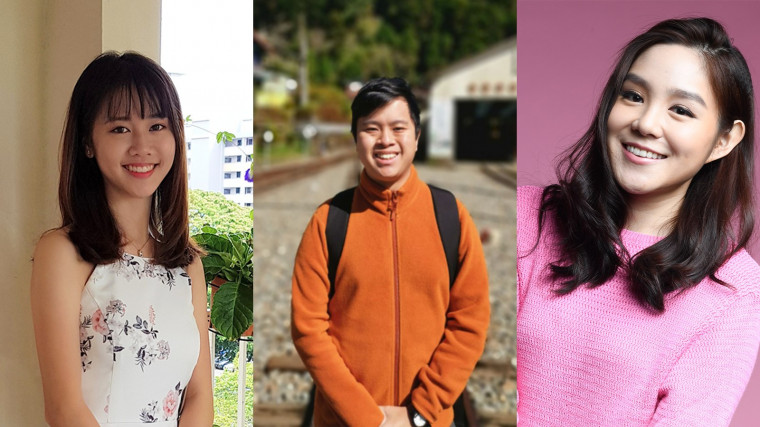My friend’s 12-year-old daughter, Sara, is undergoing treatment for scoliosis, a condition that causes a curvature in the spine laterally, forming an “S” or “C” curve.
She was first diagnosed after a school health screening in Primary 5 and has to wear a brace for 18 hours a day, as well as have regular Pilates sessions with a coach in the hopes of preventing the curvature from worsening.
It’s been slightly over one year since she started wearing a brace, and if the curvature doesn’t improve, then she and her parents may have to consider surgery as the next option.
My heart goes out to her because I understand what it’s like to receive such a diagnosis right when you’re at the cusp of puberty – you already feel self-conscious about your body, having a condition that makes your body asymmetrical just makes life even harder.
On top of that, chances are you have to wear a hard and uncomfortable brace in hot, humid Singapore, which prevents you from moving normally (not to mention having to deal with curious stares and questions). If your curvature is severe enough to warrant surgery, then you face the scary prospect of a major operation and recovery.
According to the Ministry of Health’s HealthHub website, in Singapore, the prevalence of adolescent idiopathic scoliosis in schoolgirls is 1.4% at 11 to 12 years of age and 2.2% at 13 to 14 years of age. About one in 10 of all adolescents have scoliosis, though not all will require treatment.
For most people it’s an invisible condition, so others don’t quite understand how it affects scoliosis sufferers in little ways, all the time.
It can be a lonely journey. I wished there had been more people to talk about it with me when I was dealing with my own condition during my teen years. But it’s good to see that there are many support groups now, and scoliosis sufferers who are willing to share their stories, like Zhao Rong, Jeremy and Shi.
Staying true to her passion
Goh Zhao Rong, 22, is a university student studying business management, and part-time rhythmic gymnastics coach. But when she was in Primary 5, she found herself in a conundrum when she discovered that she had scoliosis through a school health screening.
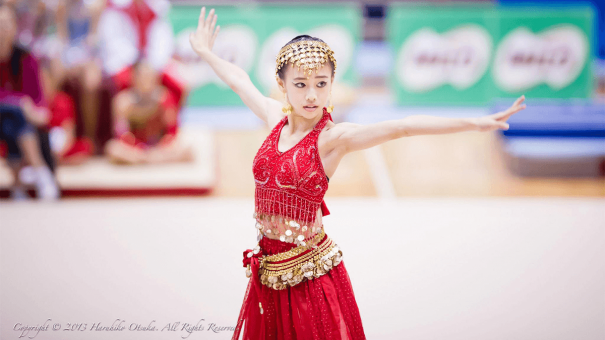
“I had just started my gym career in Primary 4, and to be told in Primary 5 about this condition was very disappointing,” she tells The Pride.
She was prescribed to wear a constricting brace to prevent the curvature from worsening. Her choices were to either wear the brace for a certain number of hours a day, or surgery. Either treatment meant she could not train competitively for gymnastics.
Choosing to pursue her gymnastics career instead, Zhao Rong went on to train for five to six hours a day, six days a week. Her efforts paid off as she represented Singapore in international gymnastics competitions, but simultaneously her spinal curvature worsened as she was not able to wear the brace for long enough every day due to her schedule..
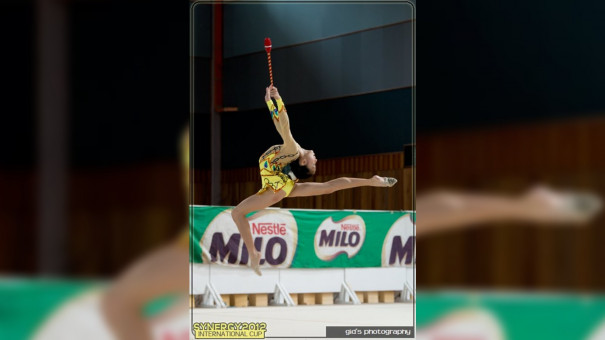
Zhao Rong says that unknown to her teammates, she struggled with body image issues. After training sessions, she would notice that one side of the lower part of her back muscles was bigger than the other side.
“I thought that everyone could see the unevenness in my body. They probably couldn’t, but I felt self-conscious anyway,” Zhao Rong tells The Pride.
Finally, at Secondary 4, when the curvature was at its worst at 52 degrees, she had surgery to straighten her spine. Usually, persons with curvatures of 40 degrees and above are advised to consider surgical options to straighten the spine.
With two titanium rods and 14 screws inserted to correct her spine, it effectively spelt the end of her gymnastics career at 16 years old as she could no longer be flexible in her upper body.
It prevented her from competing in the 2015 SEA Games, but things looked up quite soon after. She was given an opportunity to channel her passion for the sport in a new way – as a rhythmic gymnastics coach, a job she has continued ever since.
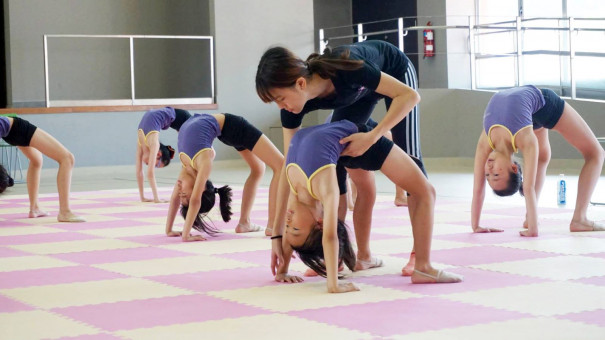
While she can’t compete anymore, she feels motivated when she sees her students improving and sharing the same passion for the sport.
She says: “Being a gymnast is a short-lived career anyway. And I had always wanted to be a coach since primary school days.”
Zhao Rong is still self-conscious about her body and is disappointed that she has a limited choice of fashion options because she doesn’t want to draw attention to the scar from her operation (not everyone is ready to flaunt it like Queen Elizabeth’s granddaughter, Princess Eugenie), or her uneven rib cage. These feelings come and go but she is able to shrug it off for the most part.
She says to young girls who have just been diagnosed with scoliosis: “Don’t just wait for a miracle to happen and wallow in self-pity. Live a healthy lifestyle, and make sure your muscles are strengthened with regular exercise.”
Other stories you might like


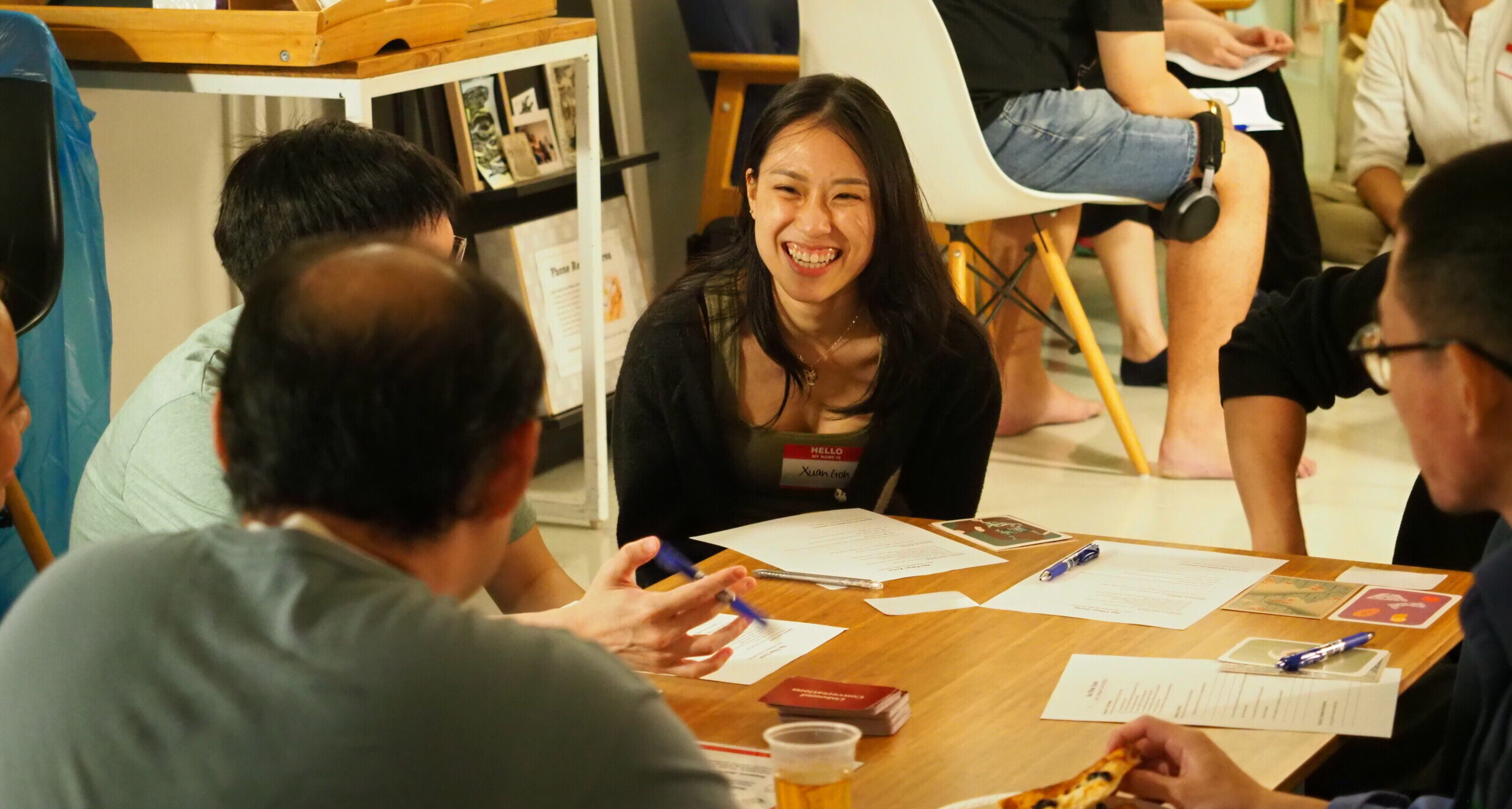
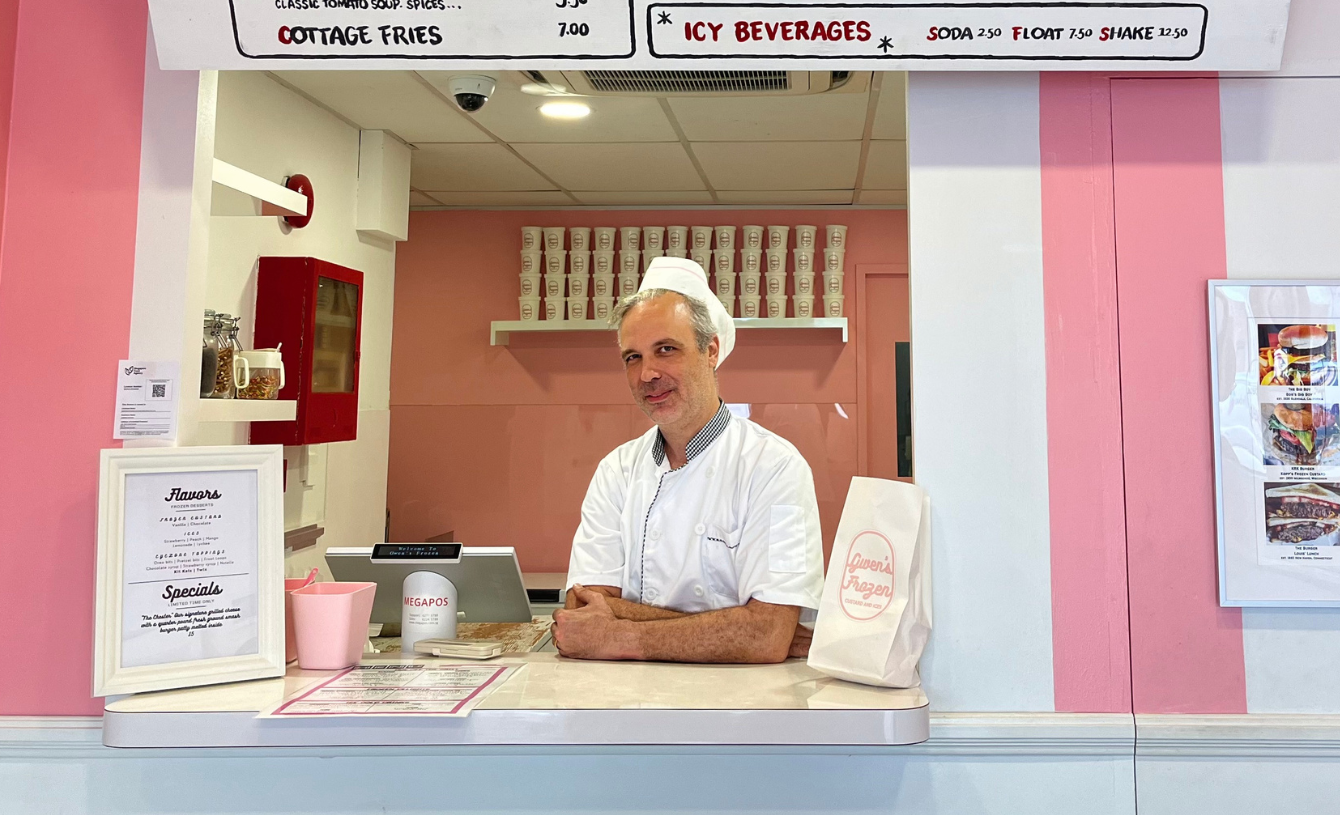



A blessing in disguise
Scoliosis is less common in males, nevertheless the condition can still have a great impact on boys who are diagnosed in their teens.
Jeremy Chew, 24, a sociology undergraduate, always knew his right shoulder blade protruded awkwardly but never knew why until he was diagnosed with scoliosis in Secondary 1. In Secondary 2, after a stint of chiropractic treatment, he underwent surgery to straighten his spine. During the recovery phase that followed, he wore a brace to aid in his recovery.
“I missed out on Boys’ Brigade parades and the annual camp. I also couldn’t qualify for the highest award, since I’d been absent for so long,” he recalls with regret.
He also had to deal with cruel antics of boys who would poke through the breathing holes of his brace with a pencil. But for every unkind person, there were plenty more kind ones who would help him carry his books, buy food from the canteen or stand up to those who teased him.
It surprised him that his history of scoliosis and surgery would impact his life again when he entered National Service. He was given a PES E medication certification, which meant he could only be deployed in support roles. “I felt like I missed out on a big part of NS, because I couldn’t be part of this chiong sua (in Hokkien, literally meaning “charging up a hill”, referring to being gung-ho) life that my peers were experiencing,” Jeremy said.
“But I think it was also a blessing in disguise. Looking back, although my NS experience was different, the skills that I picked up were practical life skills. It was a good season for me.”
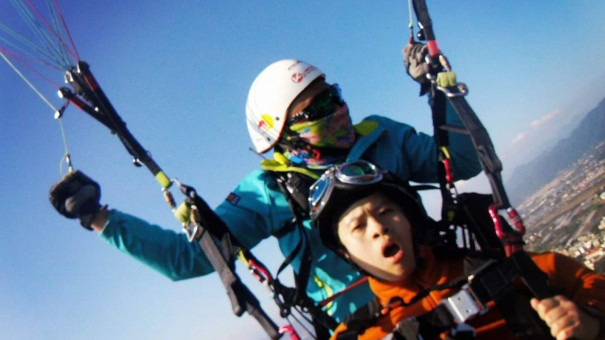
His life today is far cry from the days of his teenage years, as he now has a full and active social life.
“I would remind anyone who is going through this, that they are not alone. If you can, find one or two good friends in school, or a trusted adult who can lend you a listening ear and support you through this journey.”
Overcoming body image issues
Most Singaporeans may remember Shi Lim as Miss Universe Singapore 2013. You’d think that the 32-year-old model-actress, with all her experience in the public eye, would be confident about her body, but it couldn’t have been further from the truth.
Unlike other scoliosis patients, she breezed through the brace-wearing phase from Secondary 2 to Secondary 3 with no issues. In Secondary 4, she had spinal fusion surgery, thinking it would be another easy adjustment. But nothing prepared her for the impact surgery would have on her life, and being in professions where body shaming was rife made it worse.
“My body image issues – thinking that my body looked strange – only started after the surgery,” Shi tells The Pride.
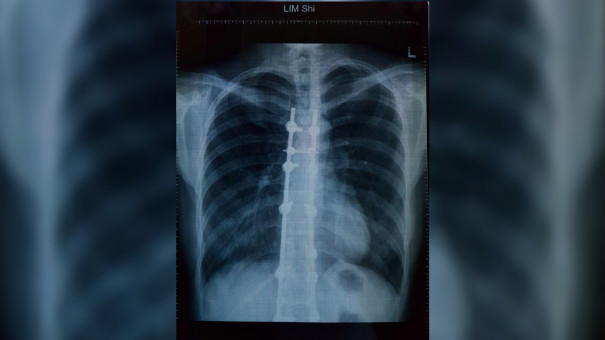
And it wasn’t just all in her mind either, Shi had to deal with the physical changes to her body post-surgery.
“I used to dance, but after the surgery, I couldn’t use my body in that expressive way anymore. Doctors never tell you these things because medically you are ‘healed’. I even had to find new ways of doing simple things like cutting toe nails and putting on socks!” she laughs.
“Modelling and taking part in the beauty pageant made me realise I had a different way of moving, unlike normal people. I also look asymmetrical in photos, my shoulders and hips are uneven.”
To make matters worse, being Singapore’s representative in the Miss Universe pageant exposed her to a lot of public criticism and body shaming, which she admits she was not mature enough to handle at that time.
But the desire for creative expression was strong enough for her to give acting a go, even after her difficult experiences in the beauty pageant.
“I had always wanted to act since I was a little girl but was very shy. When I saw how some of my friends – like (Miss Korea 2013) Kim Yu-mi – were working so hard to make her dream come true, that made me think, why not try before it’s too late?”
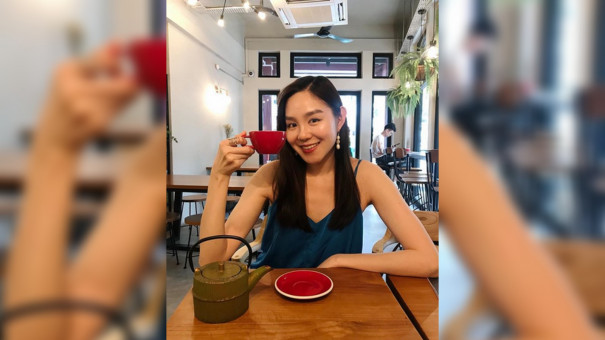
Shi’s acting journey hasn’t been easy either. It magnified her body image issues, and the added stress from an unstable acting career led her to comfort food as an outlet. She has struggled with binge eating until recently.
Shi credits her Christian faith as the key thing that has helped her accept her body the way it is.
“The pageant revealed my low self-esteem, and how I put my worth in what people thought of me. I’ve become more resilient and I’m finally at a place where I like myself, and accept that the past is part of it.”
Today, Shi is pursuing a masters in counselling (she had majored in psychology as an undergraduate), and will graduate in 2022.
She wants to tell anyone who has just been diagnosed with scoliosis: “I understand why you’re worried, but I went through it before and you’ll be fine, just like me.”
If you like what you read, follow us on Twitter and Google News to get the latest updates.
